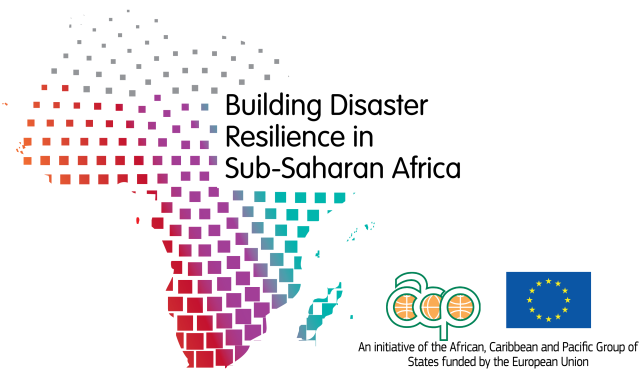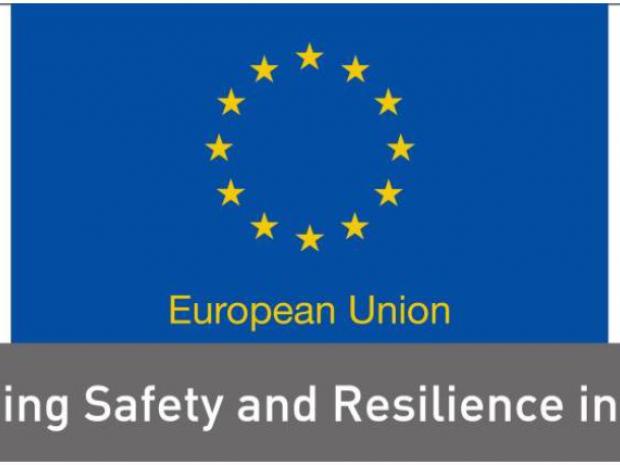ACP-EU Cooperation in Disaster Risk Reduction

Every five days, an ACP country confronts a major hazard that could become the next deadly disaster, destroying years of development. Out of the top 20 most at-risk countries in the world (InfoRM, v303 2015), 13 are ACP countries. Nearly one million lives have been lost to 2560 natural hazard events in ACP countries since 1980 (EM-DAT).
Both the number of hazard events and the economic damage due to those events has been rising regularly due to the effect of climate change on hazard behaviour and to the increase in exposed assets (populations and built environments) across ACP.
The average annual loss due to all hazards combined (damage and loss of capital) in ACP countries is USD 6.9 billion (UNISDR, 2014). This represents no less than 8% of ACP’s total gross fixed capital formation and 2.3% of the combined GDP in 2013.
Lack of capacity and high levels of vulnerability are the key features of risk in ACP countries – much more so than the actual incidence of hazards. The most certain way to reduce risk in ACP countries, therefore, is to focus more adamantly on developing capacity and building resilience. Sustainable development in the form of risk-optimised public and private investment will greatly reduce future risk in ACP countries
While every ACP region has made progress towards achieving the five priorities set out in the Hyogo Framework for Action (HFA, 2005-2015), the rhythm of the advances is no match for the rising levels of risk.
The Intra-ACP cooperation instrument is currently contributing to developing DRM/DRR capacity and building resilience in ACP regions and countries through four programs
|
ACP-EU Building Disaster Resilience in Sub Saharan Africa |
Image

|
|
ACP-EU Natural Disaster Risk Management in the CARIFORUM |
Image

|
|
ACP-EU Building Safety and Resilience in the Pacific |
Image

|

